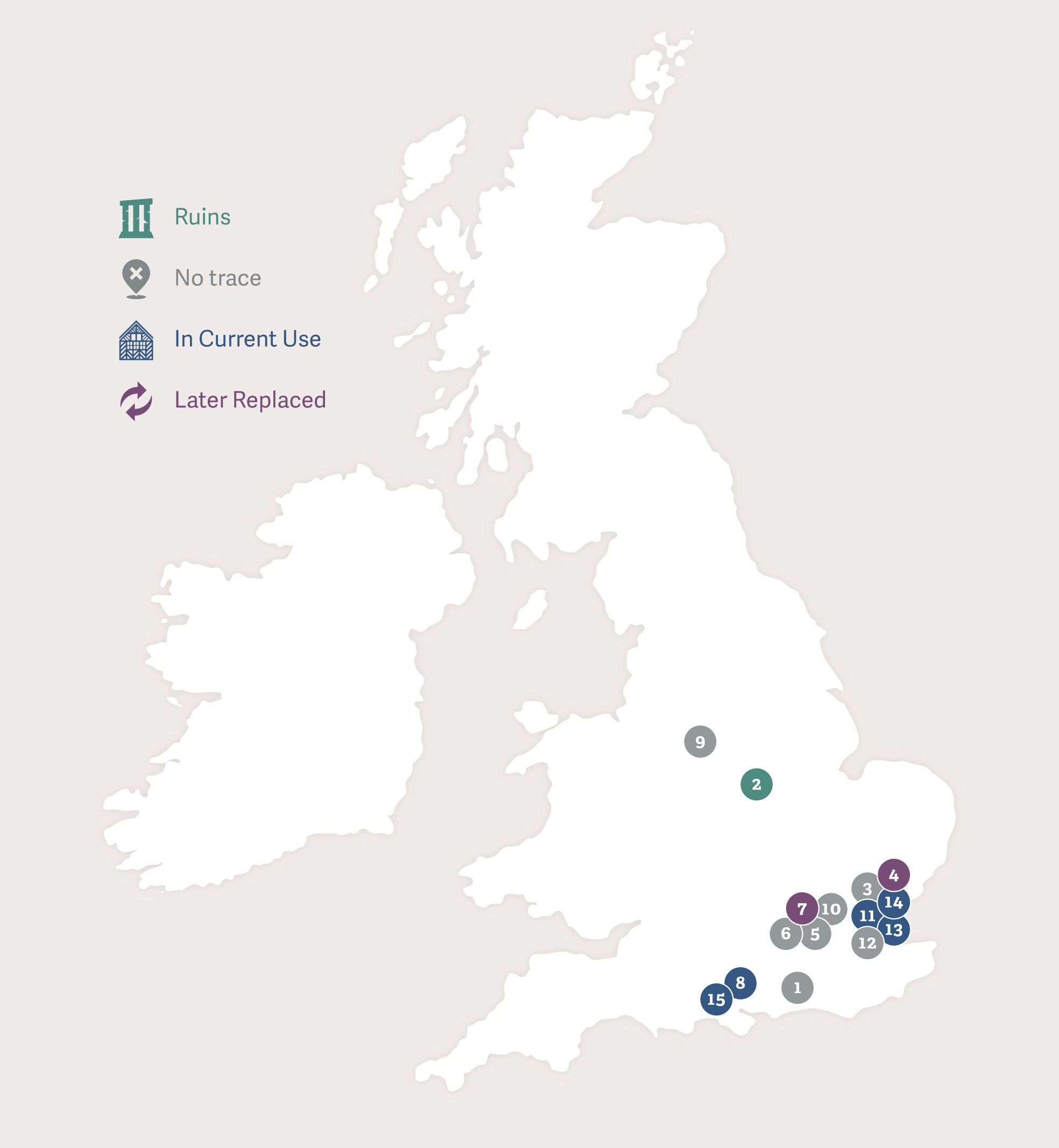Katherine Grey: Living in a Gilded Cage
Katherine’s life was lived in the east and south of England, in the houses of the nobility and gentry in the country and the grand town houses and palaces of London, including that most dreaded of fortresses, the Tower of London.
The numbers against the places correspond to those on the map here and at the end of this article.
Katherine Grey was probably born at her parents’ town house, Dorset House (1), in the City of London. Originally Salisbury Court,
and the possession of the Bishops of Salisbury, Dorset House was located near
the current City Thameslink station, clues to its location being in the names
of Salisbury Court and Dorset Rise.
As well as their town house, the Dorsets owned Bradgate House (2) in Leicestershire. Building at Bradgate began around 1499 under the aegis of Thomas Grey, 1 st Marquess of Dorset, Katherine’s great-grandfather, who was the son of Queen Elizabeth Woodville, by her first marriage. The house, built in the fashionable, and expensive, red-brick favoured by the Tudor elite was completed around 1520. Although it was not a small property, it was more in the nature of a country house, than a great mansion or castle. The remains of the house are still visible today.
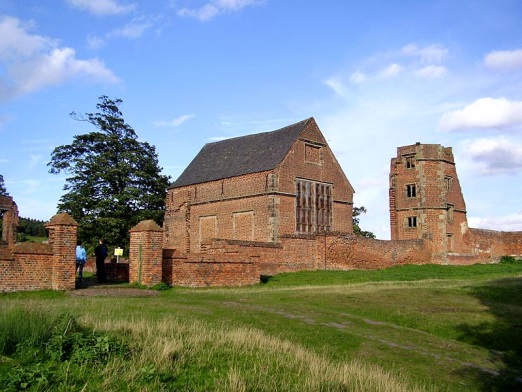
During Katherine’s girlhood, she would have spent a good deal of time here, particularly in the summer when nobles left London to avoid the diseases that tended to spread in the warmer months. During the hunting season, too, the Dorsets would spend time here – Leicestershire was (and is) considered one of the prime areas for hunting in England, and the vast parks surrounding the house would have been stocked with deer.
Part of aristocratic life was visiting relatives and friends. Katherine frequently visited the Willoughbys of Wollaton who were her paternal relatives. Lady Anne Grey, Lady Willoughby (d. 1548), being her father’s sister. The two families remained close. When Sir Henry Willoughby died fighting for the Crown during Kett’s Rebellion in 1549, the young Willoughbys, Francis, Margaret and Thomas were placed in the care of their mother’s relatives.
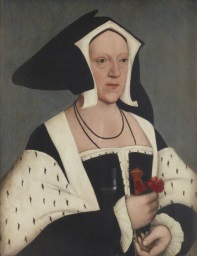
Thomas with the Dorsets and the other two with Dorset’s half-brother, George Medley, at Tilty (3) in Essex. This was another house frequented by Katherine. Formerly a Cistercian Abbey, just before its dissolution, the Abbot had granted Dorset’s mother, Margaret Wotton, Marchioness of Dorset, a sixty-year lease of buildings and land. Although the matter was looked into – fraud being suspected in a lease granted when the monasteries were being dissolved - it was found to be a legitimate transaction. No traces are left of Tilty today, although the parish church where the family probably worshipped, remains.
Another house in Essex where Katherine visited at least once, was Beaulieu (4), or Newhall. This was the home of her mother’s cousin, the Lady Mary, daughter of Henry VIII. Near Chelmsford, the palace was built by Henry VIII in the 1520s – a recent excavation by Channel 4’s Time Team found significant remains of the construction, again in the fashionable red-brick. The property was then granted to George Boleyn, Lord Rochford, brother of Queen Anne Boleyn, before reverting to the Crown and being given to the Lady Mary in 1537. A private school now occupies the site.
When Katherine’s father was granted the Dukedom of Suffolk, on the death of both her half-uncles in 1551, the family inherited a grand new town house, Suffolk House. The property was formerly Norwich House, the town house of the eponymous bishop, but was frequently used by courtiers. In 1528, it was suggested as an appropriate lodging for Cardinal Campeggio who had come to hear Henry VIII’s annulment case. However, the idea was rejected because
‘that lewd knave Jamys that nevyr did good hath so paynted Norwyche place to the Cardynall that it seemyth that logyng hym ther ye wold have logyd him in a pygge stye.’
In 1536, this ‘pig-sty’ was granted to Katherine’s grand-father, Charles Brandon, Duke of Suffolk, in exchange for a house he had at Southwark. It reverted to the Crown following the execution of Katherine’s father, and was variously used by Archbishops of York, the Lords Keeper, and even the Earl of Essex. No trace of the house remains today.
Another house, similarly located on the Strand, leading down to the Thames that Katherine would have known, was Durham House (6). Again, the palace of a Bishop, it was frequently used in the sixteenth century by royalty. Katharine of Aragon was lodged there during her widowhood, and Edward VI lived there before acceding to the throne. Under Henry VIII’s will, it was granted to his daughter, the Lady Elizabeth, but the Duke of Northumberland contrived to wrest it from her, but not without her ‘conceyvinge some displeser’ against him.
For Katherine, it was a significant location as the place where she was married to Henry Herbert, son of the Earl of Pembroke, on 25 th May 1553.
Following her marriage, Katherine went to live at Baynard’s Castle with her in-laws. Baynard’s Castle had been the London home of Cicely Neville, Katherine’s great-great-grandmother, during the reign of Edward IV. In 1509, it was granted to Katharine of Aragon, and also formed part of the jointure of Anne of Cleves, on her marriage to Henry VIII. On Henry VIII’s death it was granted to William Herbert, 1 st Earl of Pembroke, and his wife, Anne Parr, sister of Queen Katherine. Katherine Grey was only resident here for a few weeks, as, following the failure of the coup intended to put her sister on the throne, Pembroke disowned the marriage, and sent her back to her mother.
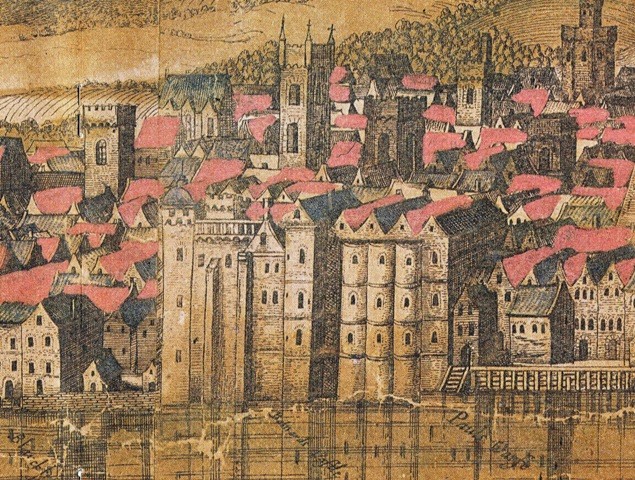
Katherine spent the next few years as maid-of-honour to the new queen, Mary I. She would have lived at Whitehall, Greenwich, Hampton Court, Richmond and St James’ Palaces, amongst other royal properties. She was present at the marriage on 25 th July 1554 of Mary and Philip of Spain at Winchester Cathedral (8).
During the summer of 1558, Katherine spent several weeks at the manor of Hanworth. This was another royal property – it had been one of the dower houses of Katherine Parr. In the 1550s, it was occupied by Anne Stanhope, Duchess of Somerset. The Duchess, despite being a strong adherent of reform, and the widow of Protector Somerset, had always had a good personal relationship with the Queen Mary, and her daughter, Lady Jane Seymour, was another of the Queen’s maids-of-honour, and Katherine’s best friend.
The two girls were at Hanworth for Jane to convalesce after a bout of influenza that had almost carried her off. Katherine was courted by Jane’s brother, Edward Seymour. On returning to court, the girls found that, whilst Jane had recovered from the influenza which, the Queen had now caught it, and had no hope of recovery. Katherine would have been at the Palace of St James where Mary died, and attended her funeral at Westminster Abbey in December 1558. In the following year, she attended her mother’s funeral, also in the Abbey. Duchess Frances had spent her last years in her home at Sheen (9), near modern day Richmond-on-Thames.
Katherine remained at court under the new Queen, Elizabeth I, although Elizabeth had far less time for her than Mary had had, and demoted her from the Privy Chamber. In due course, Katherine’s romance with Edward Seymour (now Earl of Hertford) was rekindled, and in late 1560, aided and abetted by her friend Jane Seymour, the couple were secretly married at his house at Cannon Row, Westminster (10).
On discovery of the match, the wrathful Elizabeth clapped both Katherine and Hertford into the Tower of London (11), where they remained until the summer of 1563. When plague broke out, Elizabeth was persuaded to send Katherine, still as a prisoner, to her uncle, Lord John Grey’s, home at Pirgo (12) in Essex.
Because Lord John was considered too lenient, and was also suspected of involvement in John Hales’ book promoting Katherine’s rights of succession, she was moved to Ingatestone Hall (13) under the care of Sir William Petre. Ingatestone Hall remains, a wonderful Tudor house that is frequently host to Tudor re-enactments (read more about the costumes in our interview with the Tudor Roses, here).
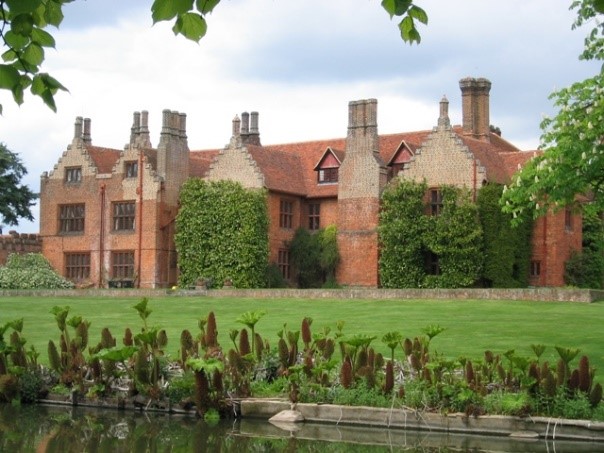
Before too long, Katherine was on the move again, this time to Gosfield Hall, Essex, home of Sir John and Lady Wentworth, distant relatives of Hertford’s. The property, built in the late 1540s, still remains standing and is used as a wedding venue. On the death of the elderly Sir John, Katherine was moved to what would be her final home-cum-prison, Cockfield Hall (14) in Suffolk.
Cockfield Hall still exists, although the building has been refurbished and is in largely eighteenth century style. Here, although her custodian, Sir Owen Hopton, did his best, Katherine succumbed to illness, exacerbated by depression and died in 1568. Originally buried in the parish church at Yoxford, she was moved fifty years after her death to lie beside Hertford in and elaborate tomb in Salisbury Cathedral (15).
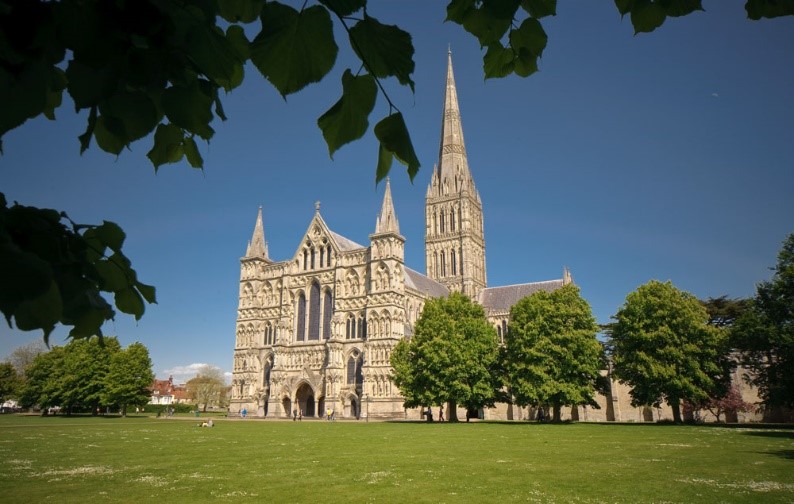
The map below shows the location of the places associated with Katherine Grey discussed in this article.
